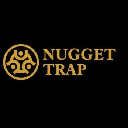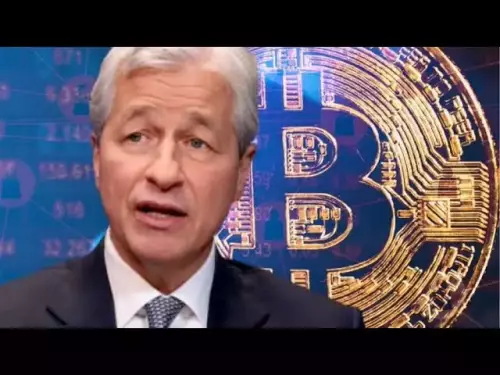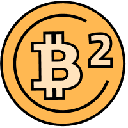-
 bitcoin
bitcoin $114684.631706 USD
-0.87% -
 ethereum
ethereum $4228.677447 USD
1.58% -
 bnb
bnb $1294.880693 USD
-1.16% -
 tether
tether $1.000819 USD
-0.02% -
 xrp
xrp $2.605138 USD
2.79% -
 solana
solana $209.908690 USD
5.89% -
 usd-coin
usd-coin $0.999903 USD
-0.03% -
 dogecoin
dogecoin $0.213423 USD
2.93% -
 tron
tron $0.322721 USD
-0.10% -
 cardano
cardano $0.727247 USD
3.66% -
 hyperliquid
hyperliquid $42.339456 USD
6.05% -
 chainlink
chainlink $19.910811 USD
5.16% -
 ethena-usde
ethena-usde $1.000557 USD
0.00% -
 stellar
stellar $0.349734 USD
2.69% -
 bitcoin-cash
bitcoin-cash $543.848687 USD
-0.21%
What are the trading fees on Bitstamp?
Bitstamp uses a tiered fee model based on 30-day trading volume, with rates dropping to as low as 0.10% for high-volume traders, while offering free crypto and SEPA deposits.
Oct 10, 2025 at 08:19 pm
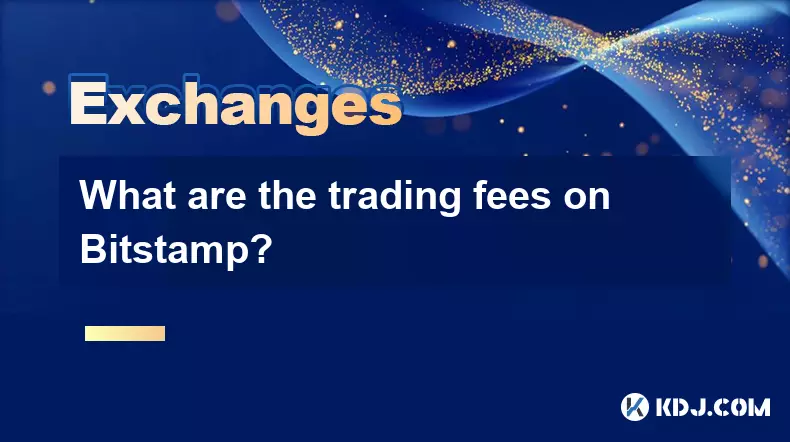
Understanding Bitstamp's Fee Structure
1. Bitstamp operates with a tiered fee model based on the user’s 30-day trading volume. The more a user trades, the lower the fees they incur. This structure encourages active participation and rewards high-volume traders with reduced costs.
2. For standard users, the trading fee starts at 0.40% for both makers and takers. This rate applies to individuals who have not reached significant trading thresholds within the preceding month. While this may seem higher than some competitors, Bitstamp compensates with strong security and regulatory compliance.
3. As trading volume increases, fees decrease incrementally. Users who trade between $20,000 and $100,000 in a 30-day period see their fees drop to 0.35%. Higher tiers continue to reduce the cost, benefiting institutional investors and professional traders.
4. At the highest volume tier—over $2 million traded in 30 days—fees can go as low as 0.10% for both maker and taker orders. These rates are competitive with major exchanges and reflect Bitstamp’s focus on serving serious market participants.
5. It is important to note that Bitstamp charges separate fees for deposits and withdrawals. While trading fees apply to buying and selling activity, network or processing fees may be associated with moving funds into or out of the platform, especially for cryptocurrency withdrawals.
Fee Differentiation Between Makers and Takers
1. Unlike many other exchanges, Bitstamp does not differentiate between maker and taker fees. Both order types are charged the same rate across all volume tiers. This simplifies cost calculation for traders but may not incentivize limit order placement as strongly as exchanges that reward makers with lower or zero fees.
2. The absence of a distinct maker rebate means liquidity providers do not receive preferential pricing. Traders placing limit orders that add depth to the order book pay the same percentage as those executing market orders that remove liquidity.
3. This flat approach benefits users who prefer straightforward pricing models. However, algorithmic traders or high-frequency operators might find platforms with differentiated fees more economically advantageous due to the volume and nature of their strategies.
4. Despite the lack of fee separation, Bitstamp maintains consistent order execution and transparent market data, which supports fair trading conditions regardless of order type.
5. Users should factor in this uniform fee structure when evaluating net profitability, particularly in strategies involving frequent entry and exit where cumulative fees can impact returns.
Deposit and Withdrawal Charges on Bitstamp
1. Bitstamp allows free deposits for most cryptocurrencies, including Bitcoin, Ethereum, and Litecoin. This policy lowers the barrier for users funding their accounts and aligns with industry standards among established exchanges.
2. Fiat deposits via SEPA bank transfer are also free, making it cost-effective for European users to onboard euros. Credit card or alternative payment methods may carry additional fees and are subject to change based on partner agreements.
3. Cryptocurrency withdrawal fees are fixed per network and updated periodically to reflect blockchain congestion and miner costs. For example, BTC withdrawals typically incur a small satoshi-per-byte fee, while ETH and ERC-20 tokens follow gas-based pricing.
4. Fiat withdrawals, such as converting crypto proceeds back to EUR or USD, may involve processing fees depending on the method. SEPA withdrawals usually carry a nominal charge, while SWIFT transfers are significantly more expensive due to banking intermediary costs.
5. Users must review the current fee schedule on Bitstamp’s official website before initiating transactions, as withdrawal amounts and network conditions can influence final costs.
Frequently Asked Questions
Q: Does Bitstamp offer any fee discounts for holding a native token?A: No, Bitstamp does not have a native exchange token and therefore does not provide fee reductions based on token ownership. Fee discounts are solely determined by trading volume.
Q: Are there hidden fees when trading on Bitstamp?A: Bitstamp maintains transparency in its pricing. All trading fees are clearly listed, though users should account for potential network fees during withdrawals, which are separate from trading costs.
Q: How often are trading fees calculated and applied?A: Fees are applied immediately upon execution of each trade. The 30-day trading volume used to determine fee tiers is calculated continuously and updated in real time on the user’s account dashboard.
Q: Can I reduce my fees by using a specific order type?A: Since Bitstamp does not distinguish between maker and taker fees, order type does not affect the fee percentage. Volume remains the only variable that influences rate reduction.
Disclaimer:info@kdj.com
The information provided is not trading advice. kdj.com does not assume any responsibility for any investments made based on the information provided in this article. Cryptocurrencies are highly volatile and it is highly recommended that you invest with caution after thorough research!
If you believe that the content used on this website infringes your copyright, please contact us immediately (info@kdj.com) and we will delete it promptly.
- XRP Price Prediction: Weekend Rollercoaster or Rally?
- 2025-10-12 08:45:16
- Bittensor (TAO): Super Bullish Signals Point to Potential 2x Rally
- 2025-10-11 10:25:12
- Silver Price Correction: Navigating the Dip & Identifying Key SEO Keywords
- 2025-10-11 10:25:12
- Decoding Crypto Trends: Bittensor's Bull Run, Cardano's Dip, and LivLive's Presale Buzz in 'Uptober 2025'
- 2025-10-12 08:45:16
- MoonBull: The Crypto Meme Coin Promising 1000x Gains?
- 2025-10-11 10:30:01
- Crypto Payroll Revolution: Stablecoins, Altcoins, and the Future of Salary Payments
- 2025-10-11 10:30:01
Related knowledge
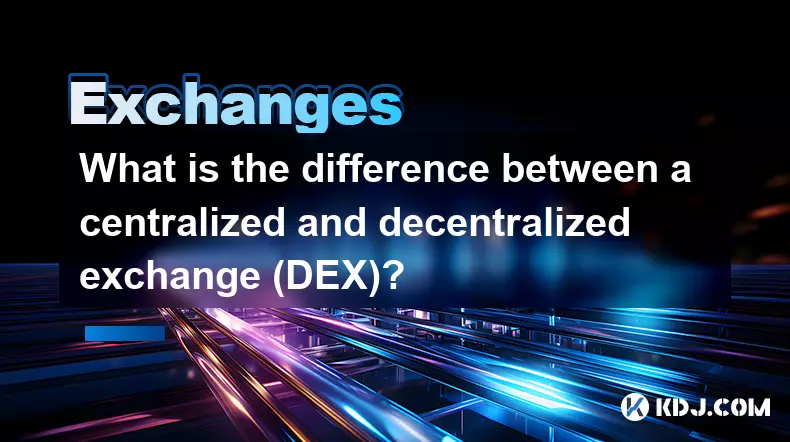
What is the difference between a centralized and decentralized exchange (DEX)?
Oct 14,2025 at 09:37am
Understanding Centralized Exchanges1. Centralized exchanges, commonly referred to as CEXs, operate under a traditional financial model where a central...
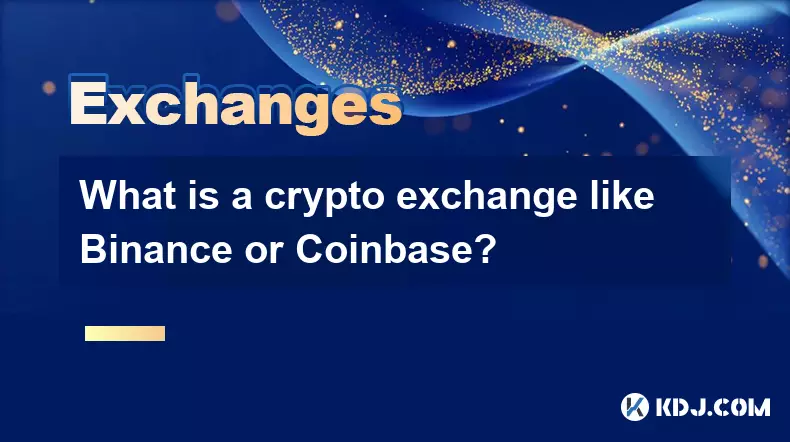
What is a crypto exchange like Binance or Coinbase?
Oct 13,2025 at 09:01pm
Bitcoin's Role in Decentralized Finance1. Bitcoin remains the cornerstone of decentralized finance, serving as a primary store of value within the cry...
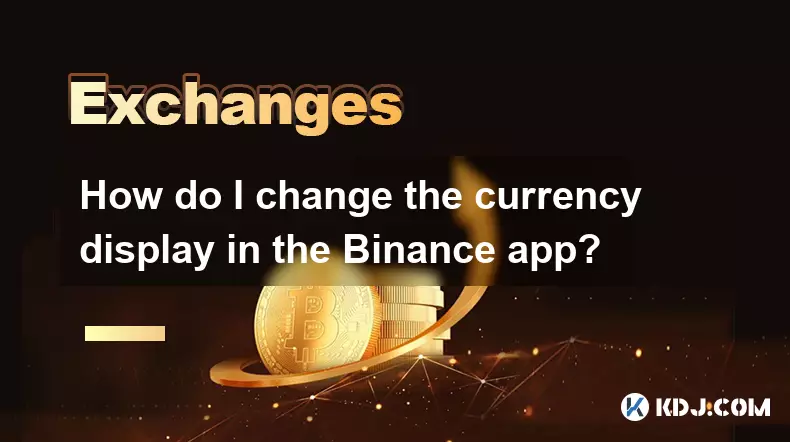
How do I change the currency display in the Binance app?
Oct 10,2025 at 11:36am
Changing Currency Display in the Binance App1. Open the Binance app on your mobile device and log into your account. Navigate to the home screen where...
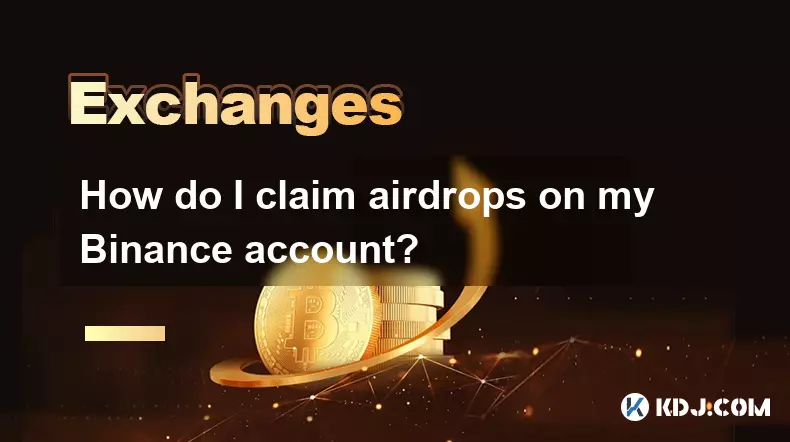
How do I claim airdrops on my Binance account?
Oct 14,2025 at 12:00am
Understanding Airdrop Mechanics on Binance1. Airdrops on Binance are promotional distributions of free tokens or coins conducted by blockchain project...

How to clear the cache for the Binance app?
Oct 12,2025 at 02:55pm
Understanding Decentralized Exchanges in the Crypto Ecosystem1. Decentralized exchanges (DEXs) operate without a central authority, allowing users to ...
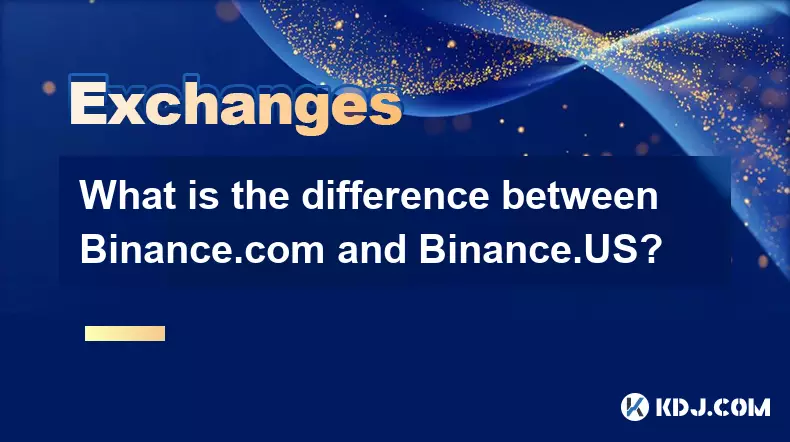
What is the difference between Binance.com and Binance.US?
Oct 14,2025 at 06:18am
Binance.com vs Binance.US: Regulatory Frameworks and Jurisdiction1. Binance.com operates as a global cryptocurrency exchange, serving users in numerou...

What is the difference between a centralized and decentralized exchange (DEX)?
Oct 14,2025 at 09:37am
Understanding Centralized Exchanges1. Centralized exchanges, commonly referred to as CEXs, operate under a traditional financial model where a central...

What is a crypto exchange like Binance or Coinbase?
Oct 13,2025 at 09:01pm
Bitcoin's Role in Decentralized Finance1. Bitcoin remains the cornerstone of decentralized finance, serving as a primary store of value within the cry...

How do I change the currency display in the Binance app?
Oct 10,2025 at 11:36am
Changing Currency Display in the Binance App1. Open the Binance app on your mobile device and log into your account. Navigate to the home screen where...

How do I claim airdrops on my Binance account?
Oct 14,2025 at 12:00am
Understanding Airdrop Mechanics on Binance1. Airdrops on Binance are promotional distributions of free tokens or coins conducted by blockchain project...

How to clear the cache for the Binance app?
Oct 12,2025 at 02:55pm
Understanding Decentralized Exchanges in the Crypto Ecosystem1. Decentralized exchanges (DEXs) operate without a central authority, allowing users to ...

What is the difference between Binance.com and Binance.US?
Oct 14,2025 at 06:18am
Binance.com vs Binance.US: Regulatory Frameworks and Jurisdiction1. Binance.com operates as a global cryptocurrency exchange, serving users in numerou...
See all articles
















